It’s better to be safe than sorry, and that’s the case with things we keep or do not keep in the fridge. All our refrigerators look different; they reflect our personalities. What you store in the lower drawer differs from what we store in ours.

It turns out, though, that there are many things we keep in the fridge that would do better outside. On the other hand, many things we’re used to storing in the pantry should be kept at lower temperatures. Look at the following list and learn more about what you should start storing in the fridge.
#11 – Mustard and Ketchup and other sauces
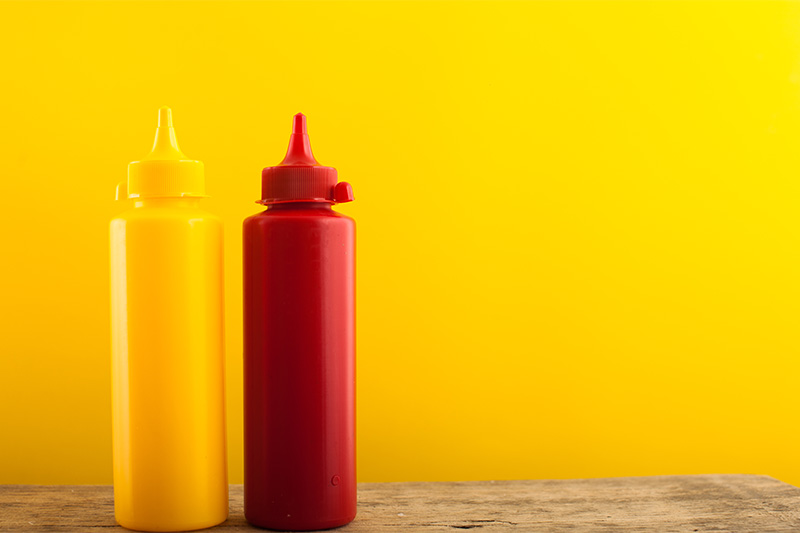
Many people store sauces like ketchup, mustard and mayo in the pantry since they’re hardly perishable. Soy sauce is another example of resistant sauces that will do OK outside the fridge. Although your condiments won’t go bad per se, they’ll lose some of their freshness and flavor, so it’s better to store them in the fridge. The fridge’s door was made for them.
#10 – Unfinished wine

We know you rarely leave an unfinished bottle of wine, but it happens. Wine oxidizes fast, and once uncorked, it won’t last a day outside the fridge. Have noticed those vinegary notes in your wine? that’s bacteria feeding on alcohol to make vinegar. In the refrigerator, your opened bottle of wine can last up to five days!
#9 – Honey, Maple and Chocolate Syrup
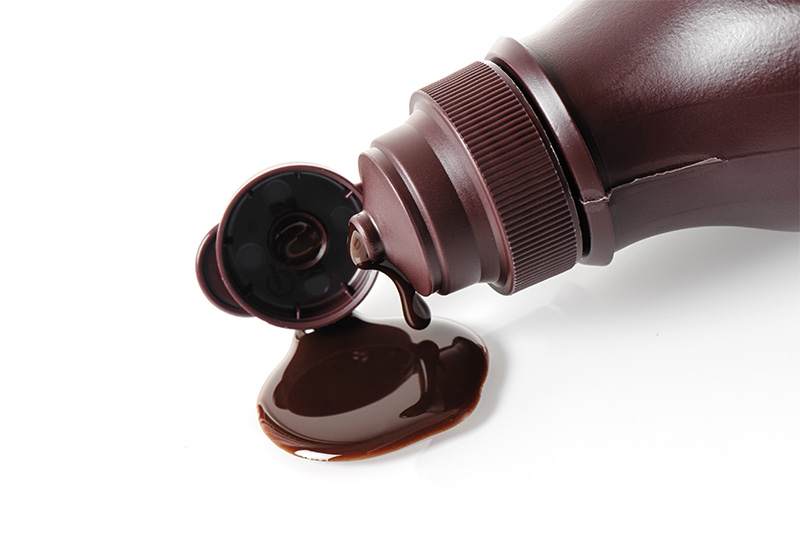
Sugary foods last a long time outside the fridge. Honey and authentic maple syrup will last a lifetime without spoiling. The thing here is, even if they’re still safe to eat, syrups and honey lose their brightness and intensity over time. Store them in the fridge if you’re planning to enjoy them over a few months.
#8 – Coffee
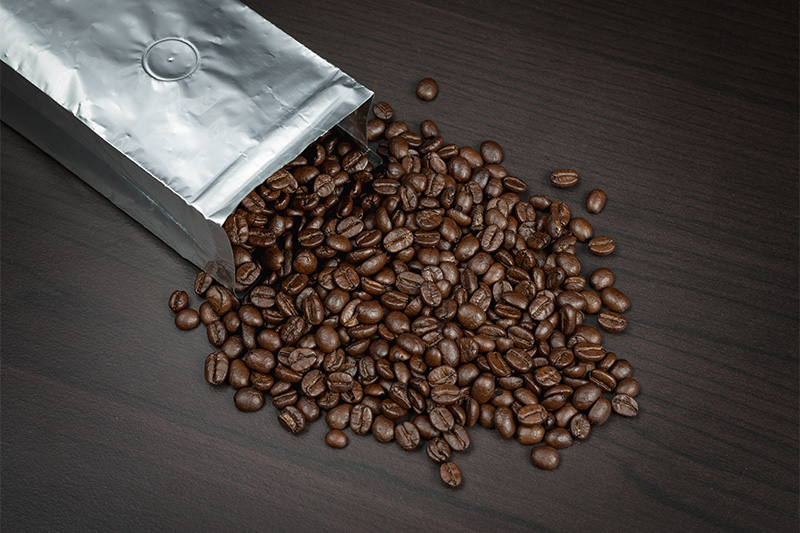
Coffee, both ground and as whole bean go stale fast if exposed to light, excessive humidity or room temperatures. According to experts, the best way to store coffee is by keeping it in an airtight container inside the fridge. If the beans are mushy, taste like wet cardboard, or are not that aromatic anymore; it’s time to buy a new bag. Coffee is delicious, but it’s a susceptible product.
#7 – Butter

Some people keep their butter on the counter, it softens, and it’s easier to spread, but despite what you might think, butter has a relatively long shelf life. However, although it will take much time to spoil, because it’s mostly fat, it will go stale and will lose its addictive flavors and aromas.
#6 – Olive Oil
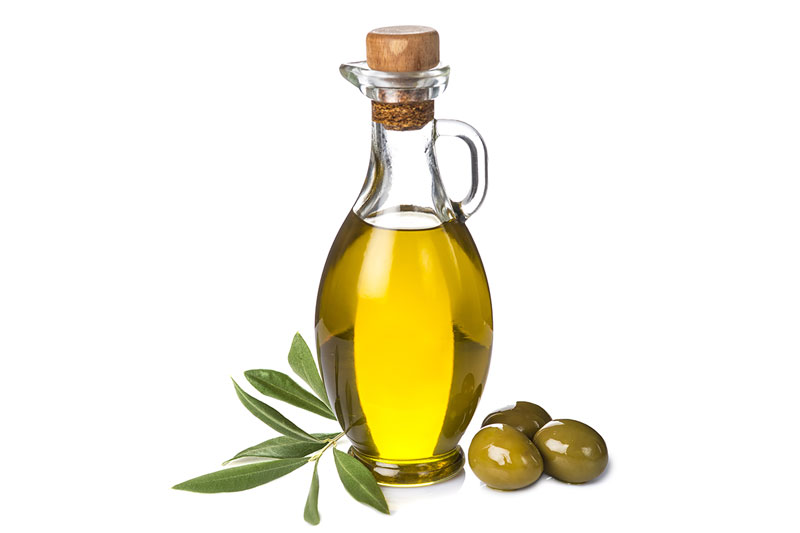
Olive oil, unlike other types of oil like canola oil or sesame oil, is the product of pressing olives, which are fruits. This makes olive oil just juice if you think of it that way, and as juice, it is susceptible to heat and light. Storing your olive oil in the fridge is the best policy to preserve not only its delicious flavor, but its health benefits too.
#5 – Nut butter

Nut butter are hot right now, artisan products that are nothing but pressed nuts, with no additives or conservatives are incredibly healthy, but perishable too. Perhaps a jar of Jif won’t have those problems, but homemade nut butter do, so keep it refrigerated, especially once opened.
#4 – Jams and food spreads
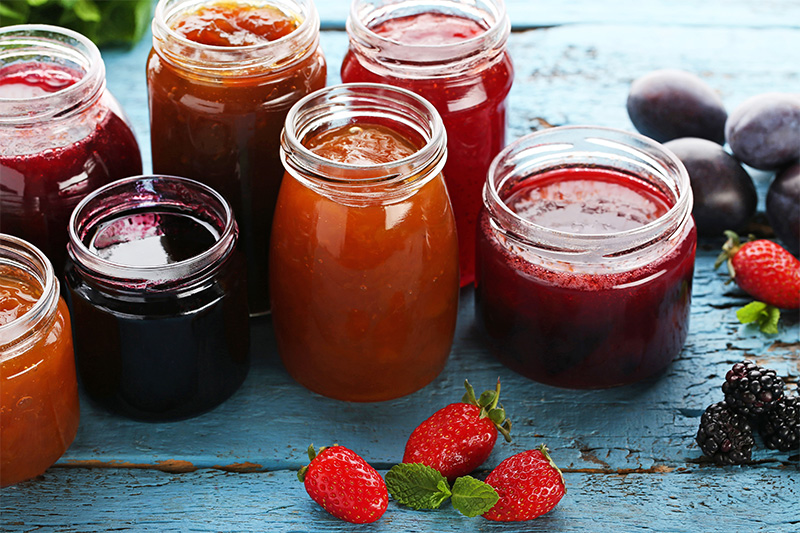
Jams are high in sugar and have adequate acid levels, too; these two factors make them very resistant to bacteria and fungi. Jams will keep for a week or two in your pantry, but in the fridge, their lifespan is almost infinite.
#3 – Fruits

You can store fruits in the fridge or over the counter, depending on what you need. Fruits will develop and mature more slowly inside the fridge than outside, so if you want your apples and bananas to keep for longer, then store them at a controlled temperature; if you need your fruit to ripen, then leave it outside.
#2 – Flour
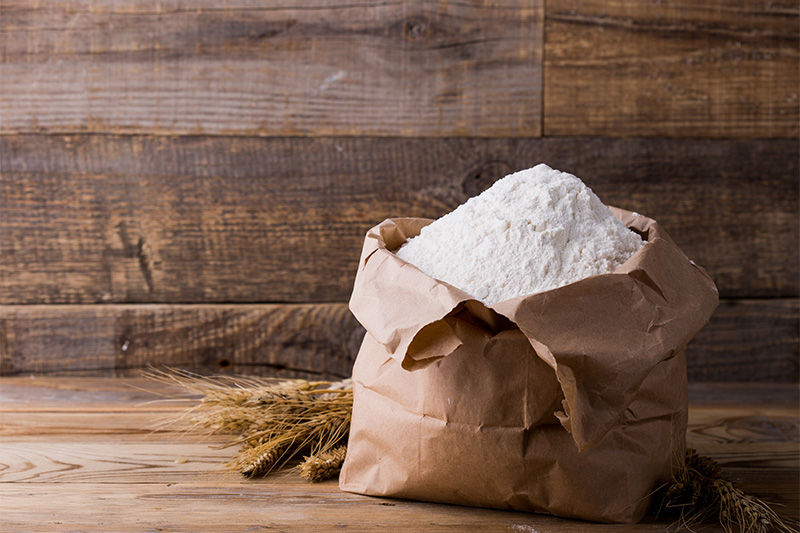
Flour, if you’ve already opened the bag, is on the clock. The nutritious carbohydrates in flour are attractive to small insects and will make your bag of flour their home if unattended. Flour in the fridge will keep indefinitely, yet, you should store it in a zip-lock or airtight container to protect it from excessive moisture.
#1 – Baking Soda
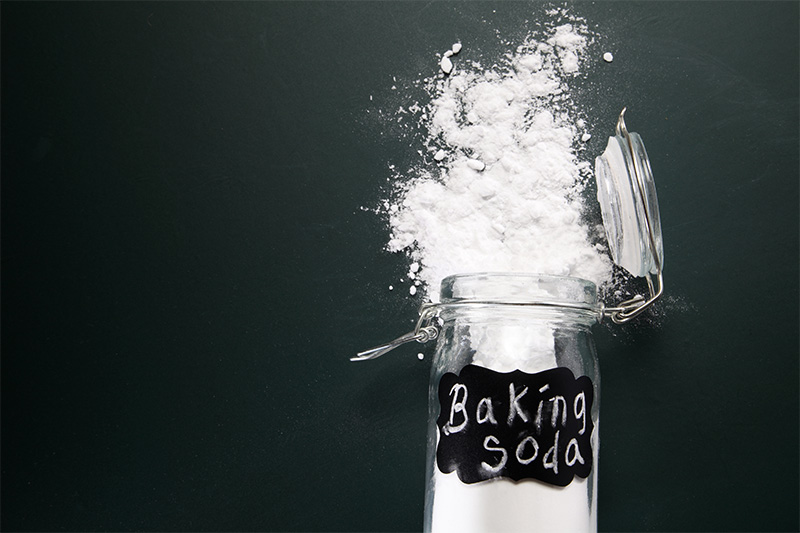
Don’t eat this one but have an opened bag of baking soda in your fridge. It will get rid of foul odors and will eliminate excess moisture that might ruin the other stuff you keep in the refrigerator. This is a classic granny trick, but it works, try it!
Storage management takes skill!
Now that you know what food items preserve better at lower temperatures, and what things you should store at room temperature, it’s just a matter of keeping things organized.
Monitor expiration dates and clean your fridge every once in a while. A well-organized, clean fridge will make it easier to see what you’ve got in there. Is it time for a midnight snack already? Let’s raid the fridge!


